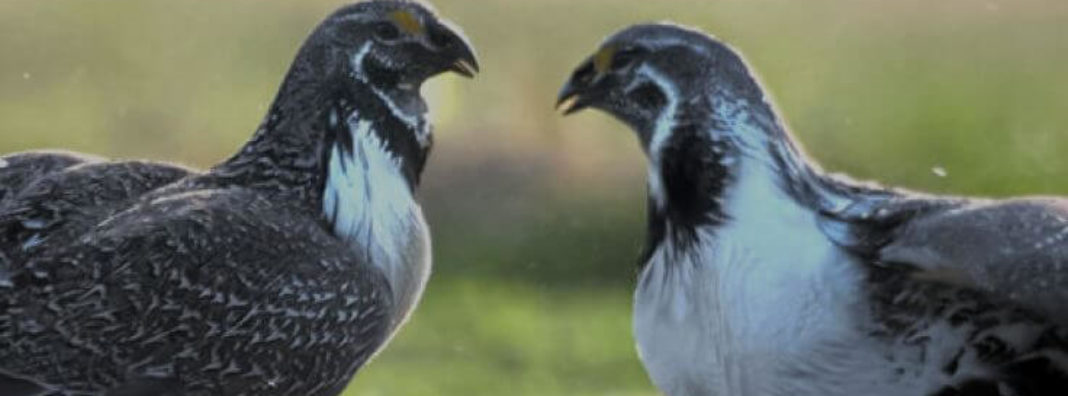
An ecologist at the University of Sydney estimates that at least one billion animals have died in the wildfires that continue to rage across Australia. Even once the flames die out, widespread damage to habitats may push some species closer to extinction. Photos of singed koalas and bandaged kangaroos have sparked sympathy and outrage around the world. Individuals from all walks of life are demanding immediate action to address climate change and its effects on endangered species and their habitat.
While addressing climate change will take time, there are also steps we can take in the immediate term to better protect endangered species here in the United States. The first of those steps involves working more closely with local governments, tribes and landowners to find innovative ways to help species thrive.
Last week the Congressional Western Caucus introduced potential changes to the Endangered Species Act, or ESA, that would facilitate more cooperation with local stakeholders. The package of bills includes several proposals that would encourage consultation between federal agencies and those working on the ground to conserve species.
Congress enacted the ESA to help endangered species recover, but since its passage in 1973, less than 2% of species have been delisted due to recovery. One reason for that poor performance may be a lack of effective coordination between federal agencies and state and local conservation actors. Proposed changes to the ESA would allow the secretary of the interior to enter into cooperative management agreements with states, tribes and local governments. They would also allow states with robust management programs to lead out on conservation efforts.
Partnering with states to conserve endangered species makes sense. States have proven to be effective conservation leaders through their ability to forge strong partnerships that leverage local knowledge. One example of state-level conservation in action is the impressive recovery of the greater sage grouse. The bird’s habitat stretches across the vast sagebrush sea that makes up much of the western U.S. In 2010, the Fish and Wildlife Service announced that the greater sage grouse population was in decline, and that protection under the Endangered Species Act may be needed.
If the bird were listed as endangered, regulators could put in place restrictions across the West that would make life more difficult for those who rely on the land for their livelihood. To avoid this outcome, a coalition of Western states partnered with universities, nonprofits and ranchers to create a plan to help the bird recover. Five years later, the Fish and Wildlife Service determined the greater sage grouse had recovered so successfully that protection under the ESA was not needed.
Proposed changes to the ESA would facilitate more of these kinds of cooperative conservation efforts that are crucial to protecting species and their habitats. The changes would also create stronger incentives for local stakeholders to help endangered species recover by codifying a regulatory change made last year. That change restored the ESA’s original two-tiered approach to protecting endangered and threatened species. Threatened species — those that may soon become endangered — would not automatically receive the same level of protection as endangered species.
While that may sound like a bad thing, it’s essential to creating a carrot-and-stick approach to conserving at-risk populations. Farmers and ranchers would be encouraged to help threatened species recover to avoid land-use restrictions that come with an endangered listing — the stick. Likewise, the potential for fewer regulatory restrictions, if a species improves, would incentivize local stakeholders to help at-risk populations improve — the carrot encouraging conservation efforts.
Because the majority of endangered species in the U.S. rely on private land for their habitat, treating private landowners as conservation partners rather than obstacles is crucial to securing positive conservation outcomes. States and university-based extension experts have valuable knowledge about what it will take to conserve the species they share their homes with. As climate change continues to impact endangered species and their habitats across the globe, these partners will become even more critical to conservation. Changes to the ESA that facilitate greater cooperation are our best bet to help endangered species recover and even thrive in the face of an ever-changing environment.


 Deseret News
Deseret News